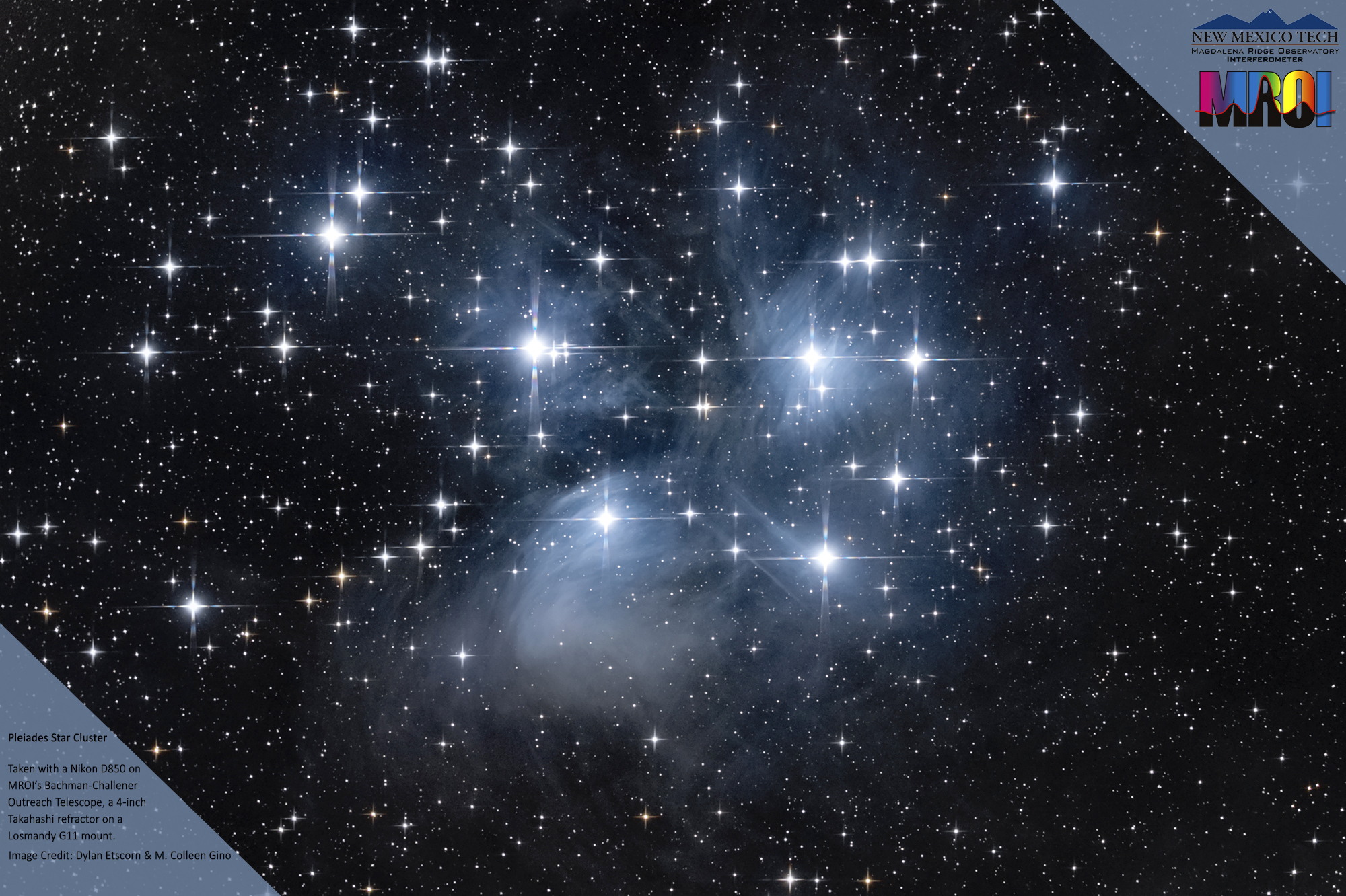By Jon Spargo
Early evening observers will again be treated to the site of both Jupiter and Saturn as the two giant planets seem to be moving in lockstep across the southwestern sky. However, appearances can be a bit deceiving as the apparent separation of the two giant planets is growing smaller, shrinking to a mere 2.3 degrees by the end of the month. The pair is headed for a spectacular close conjunction in late December, the closest in centuries. Saturn’s rings are still wide open at 22 degrees from edge on offering some fine viewing through small telescopes.
Mars will be with us almost all night long for the whole month. Even though its magnitude diminishes from -2.1 to -1.2 it still presents a wonderful opportunity to observe surface features through a small to medium-sized telescope.
The early morning sky is still dominated by brilliant Venus which rises about 3 hours before the Sun at the beginning of the month, and 2.5 hours by month’s end. Its magnitude dims a bit to -3.9 by the end of the month. Mercury puts in a rare month-long appearance rising about an hour before the sun on the 2nd, shining at magnitude +1.6. A rare treat is in store for those of you who have small to medium-sized telescopes. On the 2nd, you should be able to observe Mercury as a crescent.
This year, the Leonid meteor shower will reach its peak in the early morning hours of the 17th with a moonless sky. However, this year’s shower will not be very strong with only 10 to 15 meteors per hour predicted. Look toward the northeast and the constellation Leo and see how many Leonids you can find.
The Moon will be last quarter on the 8th, new on the 15th, first quarter on the 22nd, and full on the 30th. On the night of the 29th-30th the Moon will offer us a partial penumbral eclipse as 83% of its surface will pass through the Earth’s penumbral shadow. The entirety of North America will be able to witness the entire event. The Moon will enter the penumbral shadow at 12:32 a.m. MST and be most noticeable mid-eclipse at 2:43 a.m. MST.
Looking east-southeast on the 12th, about 30 minutes before sunrise, the waning crescent Moon will be just above brilliant Venus. Looking south-southwest on the 18th and 19th, about 45 minutes after sunset, the waxing crescent Moon will visit Jupiter and then Saturn. Looking high to the southeast around 7 p.m. on the 25th, the waxing gibbous Moon will be directly below the red planet Mars.
Sunday, November 1st, marks the end of daylight savings time at 2 a.m. for most of us in North America. Don’t forget to set your clocks and watches back 1 hour (fall back) and enjoy the extra hour of sleep.
Due to the closure of New Mexico Tech because of COVID-19 virus concerns, there WILL NOT be a first Saturday of the month star party at the Etscorn Campus Observatory.
Stay safe and Clear Skies!
